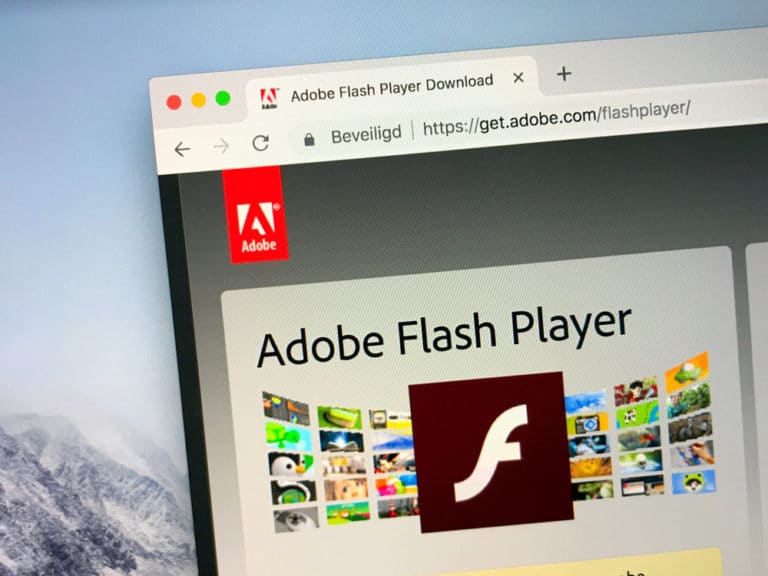Microsoft began deploying a Windows update this week, that permanently removes Adobe Flash Player from Windows devices. The update was announced in October last year when other browser developers and Microsoft were anticipating the Flash end-of-life, which was the end of 2020.
A support document published during that time shows that the update was initially supposed to be optional. System administrators who wanted to remove Flash before the end-of-life day could do so by going into the Microsoft Update Catalog and downloading the KB4577568 package and remove it, to avoid security problems.
And then things changed
However, this week saw Windows 10 users report that Microsoft’s update was forcibly installing on their devices and removing Flash support from the OS.
Some users might think that this would cause issues for enterprises but it does not. Last year, Adobe introduced a time bomb in Flash Player that prevents it from playing content, after January 12. Even if Flash Player is on a Windows device, the OS would not be able to play content because of the time bomb.
This is a well-known issue that caused problems in South Africa and China in January.
The end of Flash
It seems that Microsoft also learned about the time bomb and decided to make the update mandatory to Windows 10 systems this week. It removes all Flash code since the app doesn’t work anymore.
Users should note that the Flash Player will not get removed if it was installed manually. Only the one installed in Microsoft’s OS (including the Edge browser) will be wiped out. If you have a browser plugin on another third-party browser, you could be able to use it.
However, to be safe and avoid vulnerabilities, Adobe has warned people not to use Flash.
